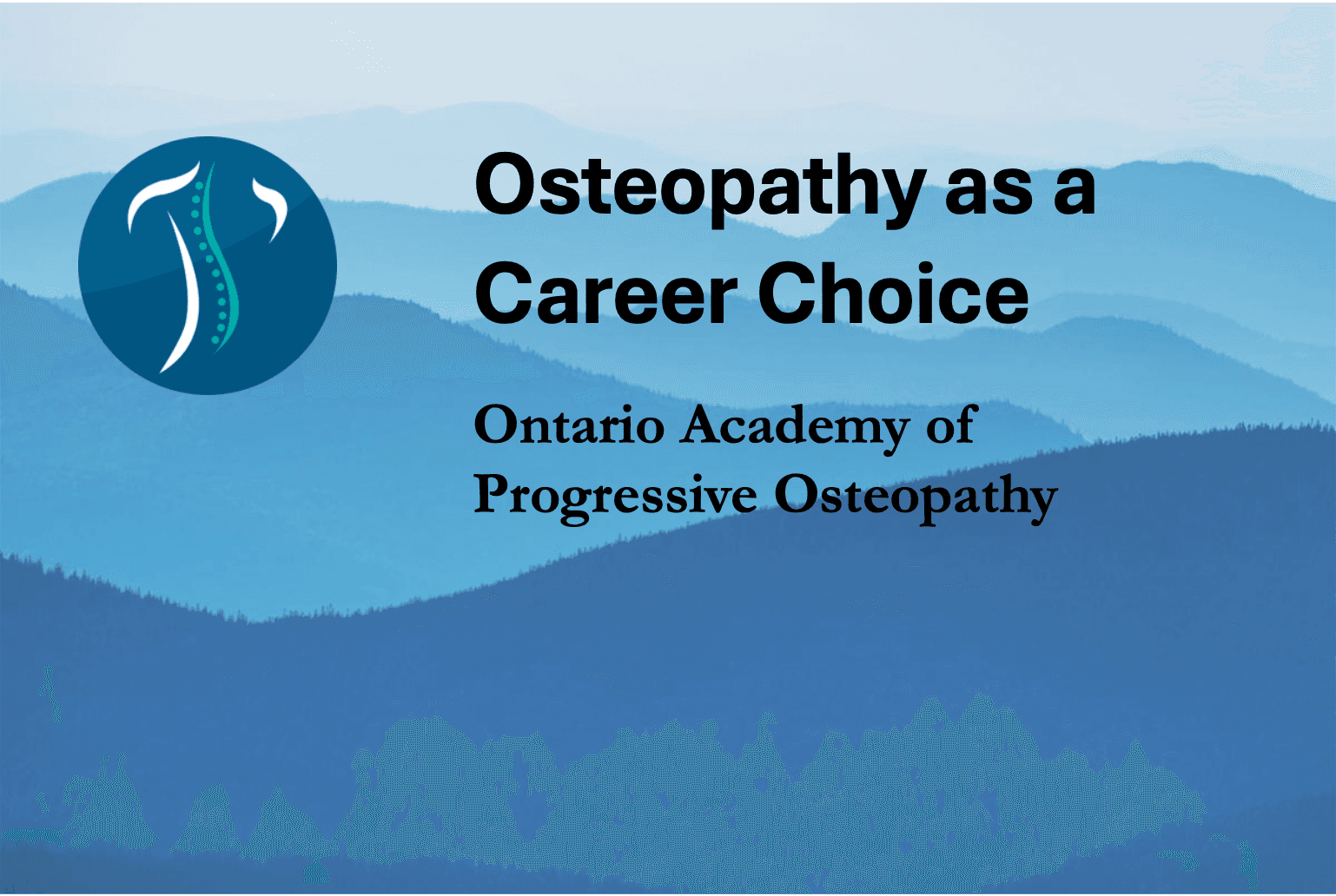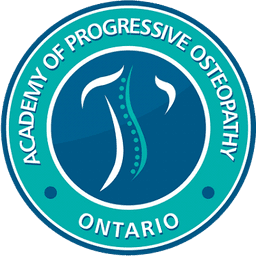Osteopathy as a Career Choice
Back to blog
Osteopathy as a Career Choice
Choosing a career in osteopathy offers numerous benefits, both personally and professionally. Osteopathy is a holistic healthcare approach that focuses on treating the body as a whole, rather than just addressing symptoms. Traditionally the focus of a osteopathic practice was upon the health of the patient, and other enhancements such as facilitating pain reduction, improving mobility, and enhancing overall well-being, are achieved by first connecting with and facilitating the patient’s health, a good osteopathic education focusses on a study of health and its expression.
One of the primary advantages of a career in osteopathy is the high employability and earning potential. In Canada, well trained Osteopathic Practitioners enjoy a very good income, many Osteopathic Practitioners often bill over $150,000 per year, however poorly trained practitioners will struggle to make half that amount. Additionally, Osteopathic Practitioners have the option to choose quite diverse career paths, ranging from private practice to working in collaborative healthcare institutions, and even the flexibility to work from home, which is ideal for those seeking a better work-life balance.
Osteopathy is also a rapidly growing field, particularly in countries like Canada, where it is considered to be one of the fastest-growing health professions. This growth is driven by the increasing demand for holistic and drug-free treatments, which osteopathy provides by focusing on manual techniques to address and facilitate health. Individuals promoting the reduction of pain as a direct benefit of osteopathic treatment often haven’t been educated in traditional osteopathy, there’s many more benefits from osteopathic treatment than pain reduction. Osteopathic practitioners can play a crucial role in addressing modern health challenges such as stress management, the ill effects of a sedentary lifestyle, metabolic issues and, sequalae of aging, making their services highly relevant in today's society.
A career in osteopathy offers personal fulfillment as well. Osteopathic practitioners experience a high level of professional satisfaction from their experiences in helping patients improve their health and quality of life. The profession involves continuous learning and growth opportunities, keeping it dynamic and engaging, while at the same time the day-to-day experience is grounding. Daily practice is always based on interpersonal interactions in a highly engaged health care practice. The role combines scientific understanding with a human touch, the art and science of osteopathic practice, based on the education process which is centered around a profound education in anatomy and related health sciences, combined with the art of hands upon hands instruction involved in the development of palpation skills. Historically, the landmark figures of osteopathic education discuss the profound impact of their experience of learning skills from their teachers as a process in which the teacher’s hand was placed upon theirs as part of technique instruction.
